Information for these foldables come from electronic on-line readers and Brainpop: Erosion. Week 19 CRM lessons.
0 Comments
Yes, something like this may take a long time, but your students will think it is awesome and most importantly, they will remember the concept. In this example, there are 3 tabs of different plate boundaries. Under each flap is specific information about each type of plate boundary (ex: landforms that result)
Open up the paper and cut 2 strips of paper (1/4 of a sheet width-wise). Weave into the slits as shown below. This foldable is usefull for organizing concepts that have many parts. Ex: landforms, forms of energy, Sources of energy, Physical properties.
You could also use the contrasting colors to have students write/draw cause and effect situations. The above picture is obviously a spanish example, but think of the worksheet below as a grid filled with pictures of plant and animal structures. Students have to write the function of the structures in sticky notes and place them on top of the picture.
This is similar to a 4 tab flip book, it may be more difficult to show a sequence of events, but it fits into a science journal nicer. If you are super creative, you can even make the front 4 panels one huge picture with each quadrant of the picture represent a vocab word.
This can easily be made into a 4 tab foldable. This is great for vocabulary. Students are able to represent the information in different ways. In one box, have the students write the vocab word. The one box, have the students draw a representation of the word. In one box, have the students write the "official definition" In one box, have the students write the definition in their own words. If you want, you can even have students write the definition in another language, or draw non-examples. You can teach the students to create this foldable, or just print out templates for them to cut out. You can download a template that I created below.
| |||

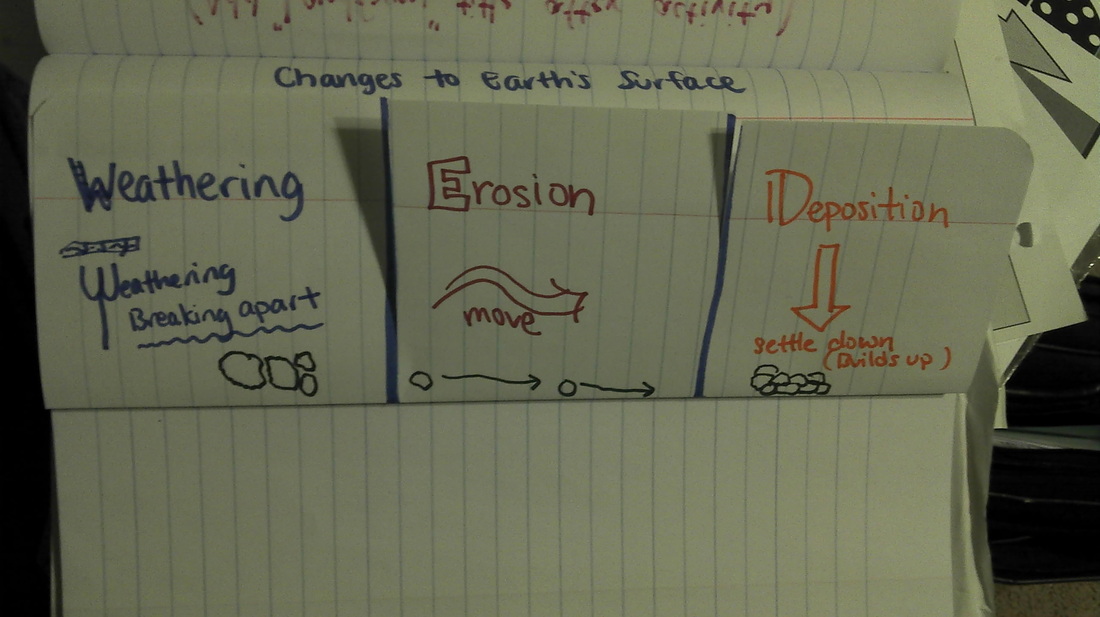

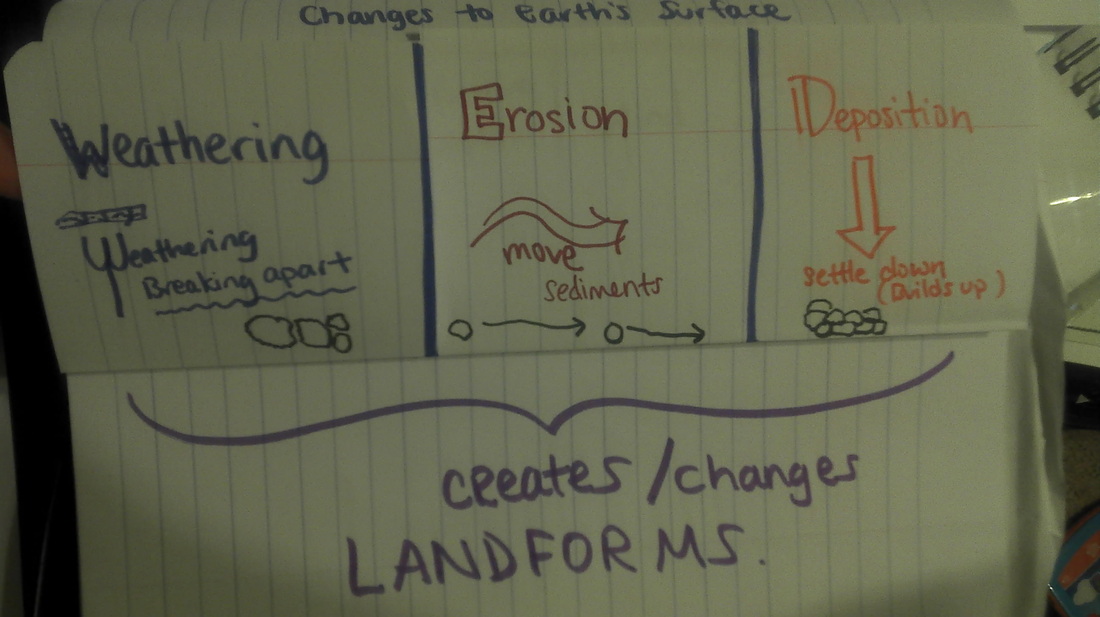

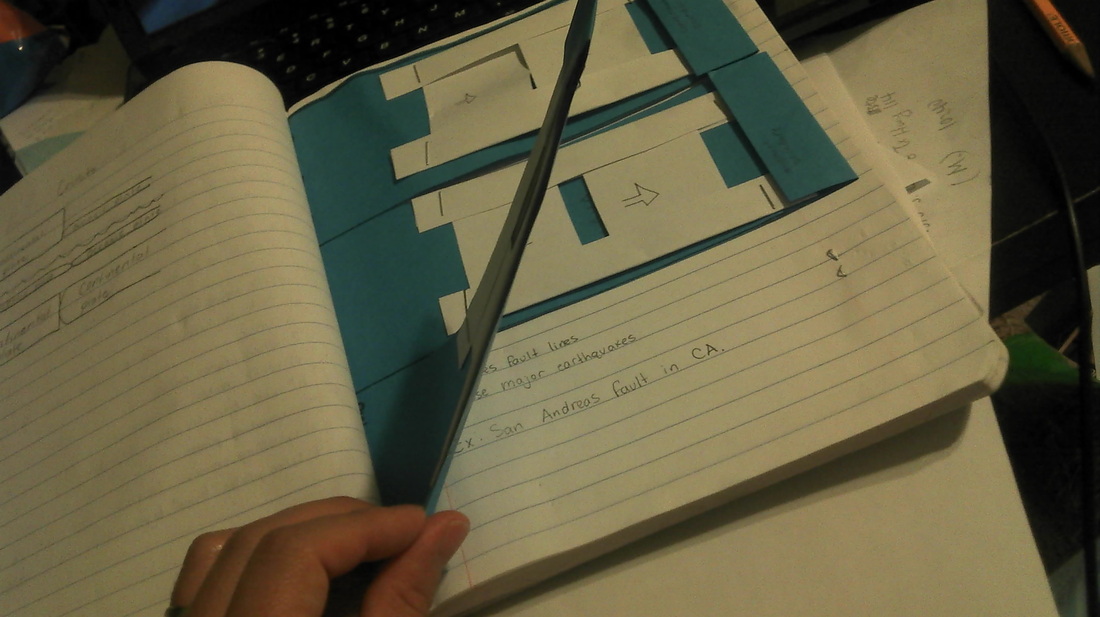

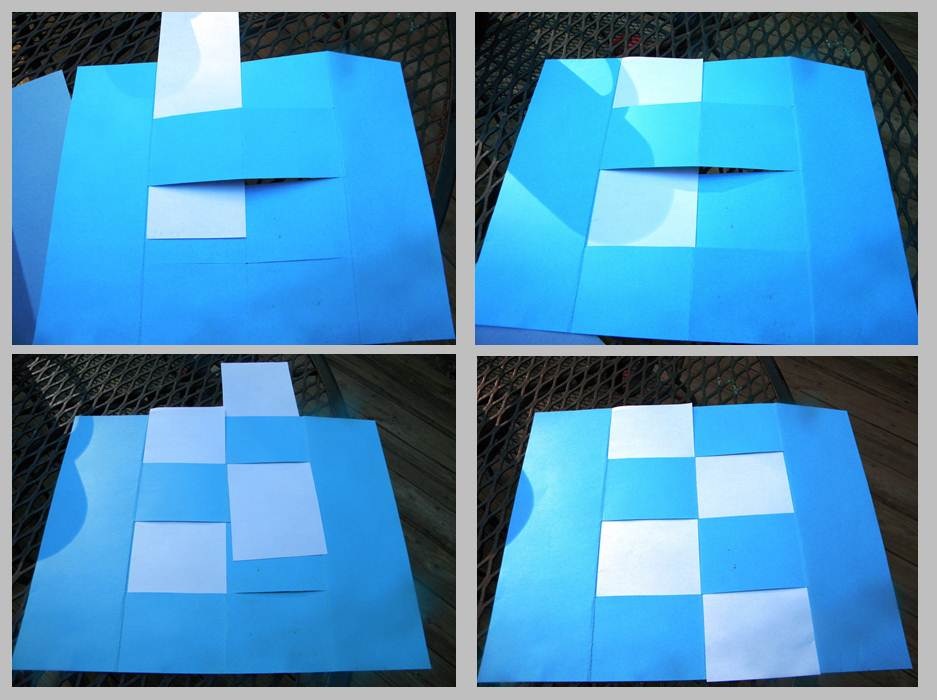
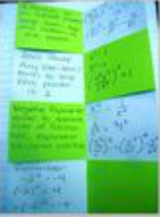
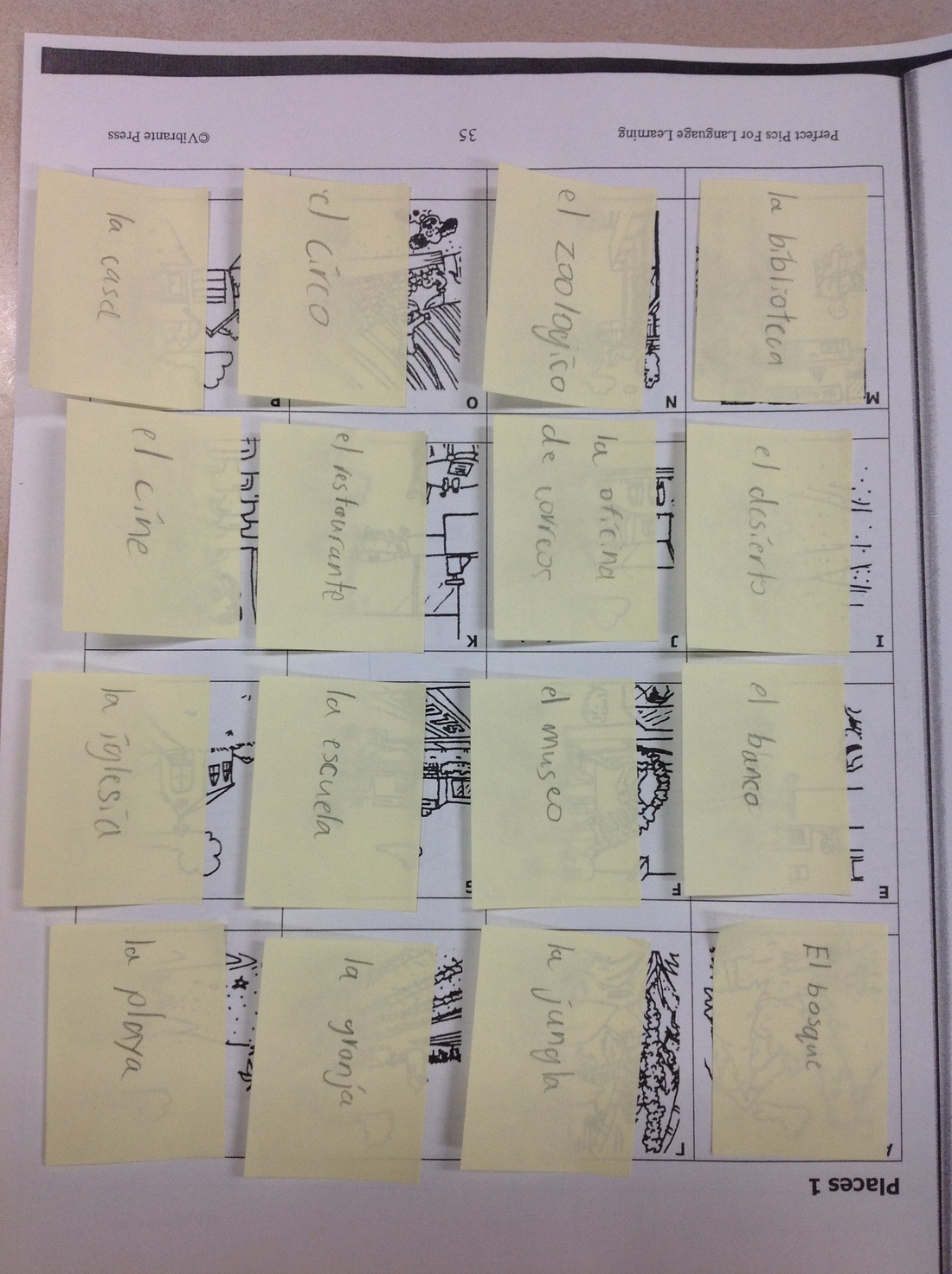

 RSS Feed
RSS Feed